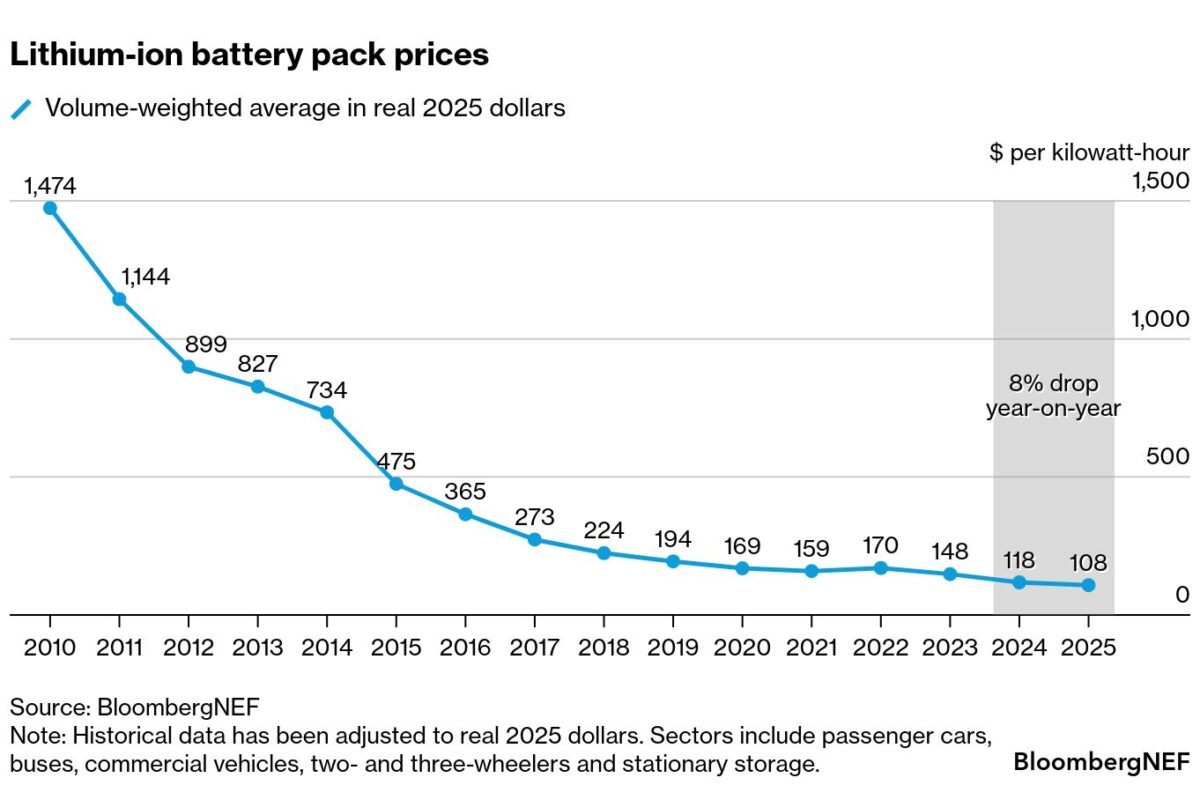From pv magazine Australia.
Australian National University (ANU) researchers have more than nudged the dial on the efficiency of solar-to-hydrogen production processes which bypass electrolysers and avoid AC/DC power conversion and transmission losses. An ANU-based group say their world record 17.6% efficiency – achieved with perovskite-silicon tandem absorbers – is open to further refinement which could see clean hydrogen production become cost competitive with fuels including brown hydrogen and gas more quickly than expected.
In a paper published in Advanced Energy Materials, lead authors Siva Krishna Karuturi and Heping Shen write that although PV modules have become a commercially viable method for large scale renewable energy generation, “achieving [a] global renewable energy transition further relies on addressing the intermittency of solar electricity through the development of transportable energy storage means.”
With funding support from the Australian Renewable Energy Agency (ARENA) and the Australian Research Council (ARC), the ANU team has been exploring the potential of a process that Karuturi likens to photosynthesis – it converts the sun’s energy directly into hydrogen in a photoelectrochemical (PEC) cell.
The introduction to the paper – which bears the catchy title Over 17% Efficiency Stand-Alone Solar Water Splitting Enabled by Perovskite-Silicon Tandem Absorbers – explains the PEC cell “comprises a semiconductor photoelectrode immersed in an aqueous electrolyte that absorbs light, generating electron-hole pairs that participate in the hydrogen evolution reaction and oxygen evolution reaction.”
In 2009, the U.S. Department of Energy, intent on providing a framework for the viability of green hydrogen production, set targets for PEC water-splitting efficiency of 20% by 2020, with 25% efficiency as the ultimate goal.
Although semiconductors have demonstrated solar-to-hydrogen (STH) efficiencies of up to 19%, the high cost of materials has limited their application; at the same time, STH efficiencies achieved with inexpensive semiconductor materials remained below 10% and the materials themselves have been vulnerable to degradation.
The pairing, by the ANU researchers, of a buried p-n junction silicon/titanium/platinum photocathode with a semitransparent perovskite solar cell, is the first deployment of cheaper materials to achieve anywhere near 20% efficiency.

“As revealed by our modeling results, the proof-of-concept demonstration offers immense opportunities to further improve the efficiency and reduce costs through optimization of the performances of the individual components and replacement of precious catalysts with abundant materials,” wrote Karuturi.
He described his team’s solution as “an elegant and potentially economical route to storing solar power.”

Funded under ARENA’S Advancing Renewables Program since August 2018, the project was expected to contribute to “the development of a potential renewable energy export supply chain through the research and development [of] the production of gaseous hydrogen using solar energy,” ARENA noted at the time.
At the end of March, BloombergNEF’s Hydrogen Economy Outlook calculated renewable hydrogen could be produced for US$0.80 to US$1.60/kg in most parts of the world before 2050. “This is equivalent to gas priced at US$6-12/MMBtu [million British thermal units]” wrote Kobad Bhavnagri, head of industrial decarbonization for BNEF and lead author of the report. The author said that price would make clean hydrogen competitive with natural gas prices in many countries on an energy-equivalent basis.
Those calculations relied in part on continually falling electrolyser costs. The PEC process, however, by bypassing the electrolyser step for large scale green hydrogen production – and its attendant limiting cost factor – showed the ANU team’s work to be a potential game changer in the race to produce commercially viable hydrogen.
“Hydrogen is promising and powerful because it can be used for so many things,” said Bhavnagri, who cited its potential to replace fossil fuels in hard-to-abate sectors such as steel making, aluminum processing, providing dispatchable energy, producing ammonia and powering trucks and shipping.
Thus deployed, hydrogen could erase a third of global emissions from fossil fuels.
Bhavnagri, however, emphasized that to achieve its promise as a green fuel, hydrogen would need rigorous policy support to drive world economies to net-zero emissions, including putting a price on carbon.
Such clean energy clarity of purpose appears unlikely from the Australian government, which has stubbornly maintained a “technology neutral” approach in the nation’s National Hydrogen Strategy, released late last year, and which in May passed legislation designed to support the production of hydrogen from brown coal.
In its Technology Investment Roadmap Discussion Paper, the government set the stretch goal – dubbed ‘H2 under 2’ – of producing hydrogen for AU$2/kg (US$1.38), by any means. Cost-competitive clean hydrogen generation, it appears, can’t come soon enough.
This content is protected by copyright and may not be reused. If you want to cooperate with us and would like to reuse some of our content, please contact: editors@pv-magazine.com.




What would you isay about this cuestión you say it,produce water from sun and air it isn,t?
Si senior, that is the truth.
That efficiency for hydrogen production won’t make hydrogen cheap. Production solar panels can be had at 22%: prototype panels are well over 30%, and hydrogen is also inefficient when converting it into work. A fuel cell or engine to turn hydrogen into work will only be ~40% efficient, not to mention pumping, compression, & distribution losses. For comparison, taking the electricity from more efficient PV panels and running it through motors is well over 90% efficient.
Not the total picture. Efficiency is only part of the story. You have to also consider versatility.
Overcapacity of solar and wind energy is a perfect source of energy for gravity battery’s and other motor based energy storage and thermal based storage.
There is a gaping demand for green H2 and ammonia. Green steel , concrete and marine propulsion can use every bit of H2 produced at the quoted prices.
If we don’t find a way to create cheap green hydrogen, the human species will be finished.